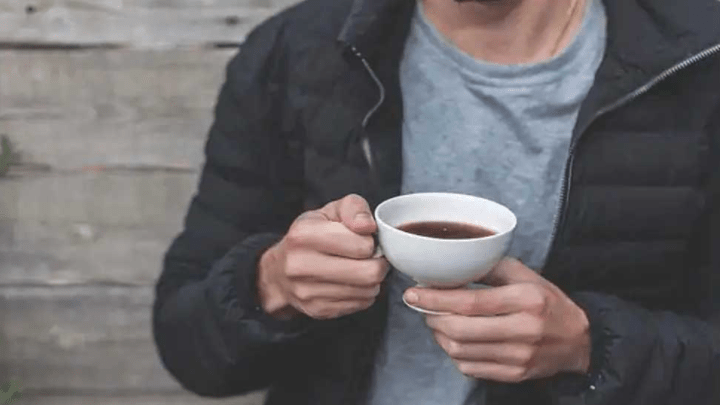Most people’s day starts with a cup of tea. The reception of guests is also considered incomplete without tea. There are as many varieties of tea in our country as there are different ways of drinking it. Some like to drink tea with a lot of boiled, sugar and condensed milk, while some like black tea without milk and sugar. Some people are fond of spicy ginger tea, while some like to drink lemon tea. Health conscious people like to drink green tea, but what if your tea is adulterated and you are drinking poison instead of sips of tea?
Varieties of Darjeeling tea, Kangra, Assam and Nilgiris are quite common in India. The quality of tea is determined by its leaves, color and aroma, but sometimes the leaves break during manufacturing and synthetic colors are used to enhance their quality. These colors are very dangerous for health and FSSAI has banned the use of these colors.

Chemicals are added to improve the color, aroma and shape of inferior quality tea. In this, deadly chemicals like Bismarck brown, potassium blue, turmeric, indigo and black glass are added.
Dark black tea:
If the color of the tea leaves is dark black, then understand that black glaze has been added to it. Black glass is the same chemical that makes the tip of a pencil. Apart from this, the used tea leaves are sold in the market after drying and repackaging by adding synthetic color to it. Sometimes wood sawdust is also mixed to increase the weight. Apart from this, iron filling, leather filling and starch are also added to the tea.
If you want to understand broadly how large the scale of adulteration of tea is, then guess from this that the production of Darjeeling tea leaves of the best quality is 10 million kg, but 40 million kg of Darjeeling tea is sold in the market. That is, understand that three quarters of tea is adulterated.

Pay attention when buying tea…
While buying tea in the market, pay attention to the size, color and aroma of the tea leaves. Hand-picked leaves are of good quality because, they are not broken.
After boiling the tea, if the color is bright red or golden, then the tea is of good quality. If the color of the boiled tea is dark brown, then it is understood that the tea is of substandard quality.
Quality of tea:
After boiling, the aroma of black tea is sweet and indescribable. Take a couple of sips of tea. If its taste is balanced and pleasant, then it is a good quality tea. If bitterness dissolves in the mouth, then understand that the quality of tea is not good.
Tea is also called a mood booster. Be it the beginning of the morning, whether it is to remove the fatigue of the day, the number of tea comes at the top, but now fraudsters are also adulterating the tea leaves.
How to differentiate between real and fake tea?
Is tea real or fake? It is very easy to find-
Take a filter paper.
Spread the tea leaves on the filter paper.
Sprinkle water to moisten the paper.
Remove the leaves after a few minutes.
Wash the paper under the tap.
Look at the spots on the paper under the light.
If there is no adulteration, there will be no blurring of the paper.
If there is adulterated tea, dark brown spots will appear on the paper.
Disadvantages of drinking adulterated tea:
Adulterated tea can have a bad effect on your health. Synthetic dyes added to tea leaves can also damage your vital organs like liver, heart and kidneys. This can lead to the problem of hypertension. It can also damage your digestive and immune systems. It also increases the risk of serious diseases like cancer.
